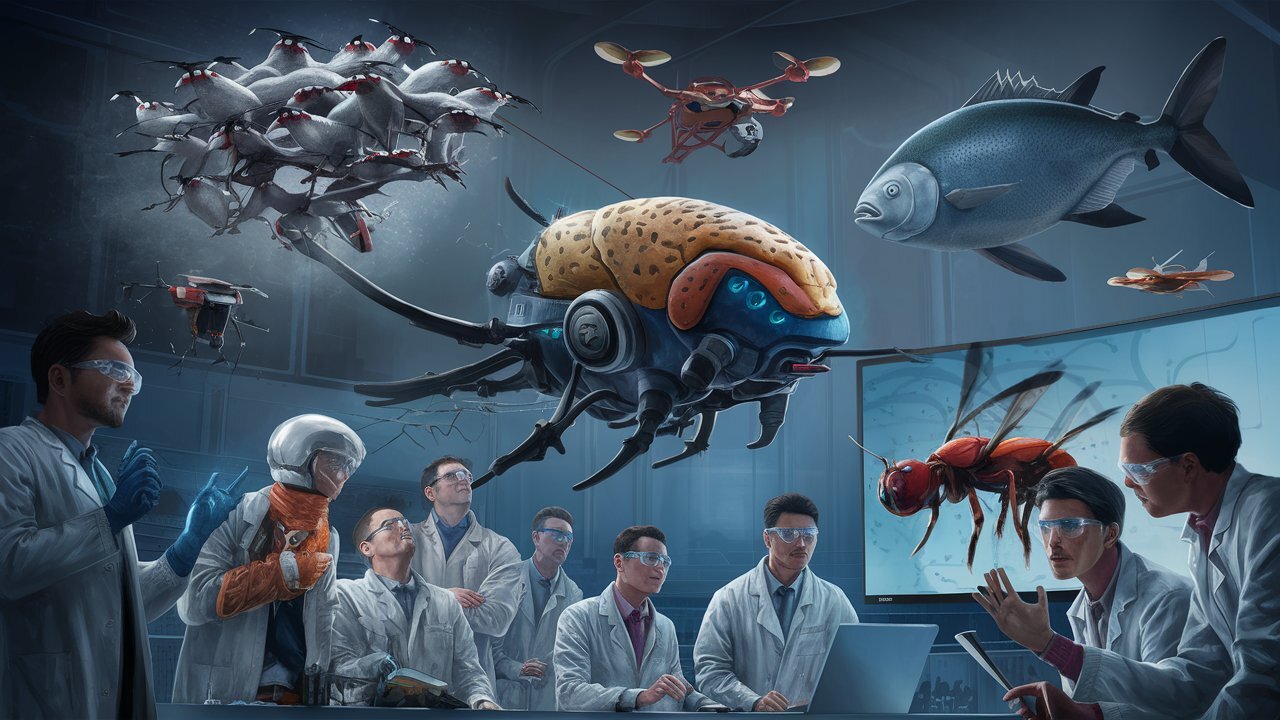This innovation, detailed in the journal Science Robotics, uses neural networks and neuromorphic processors to significantly reduce data and energy consumption compared to traditional “deep” neural networks running on GPUs.
The drone’s neuromorphic system processes data 64 times faster than traditional methods and consumes three times less energy. Using neuromorphic cameras and Intel’s Loihi neuromorphic research chip, the drone can sense and control its movement with “impressive efficiency” even in variable lighting conditions.
This advance promises to make drones as small, agile and smart as insects or birds, potentially transforming their applications in areas such as greenhouse crop monitoring and inventory management. Future developments aim to further reduce hardware scale and expand capabilities to perform more complex tasks.
Source: Ferra
I am a professional journalist and content creator with extensive experience writing for news websites. I currently work as an author at Gadget Onus, where I specialize in covering hot news topics. My written pieces have been published on some of the biggest media outlets around the world, including The Guardian and BBC News.










